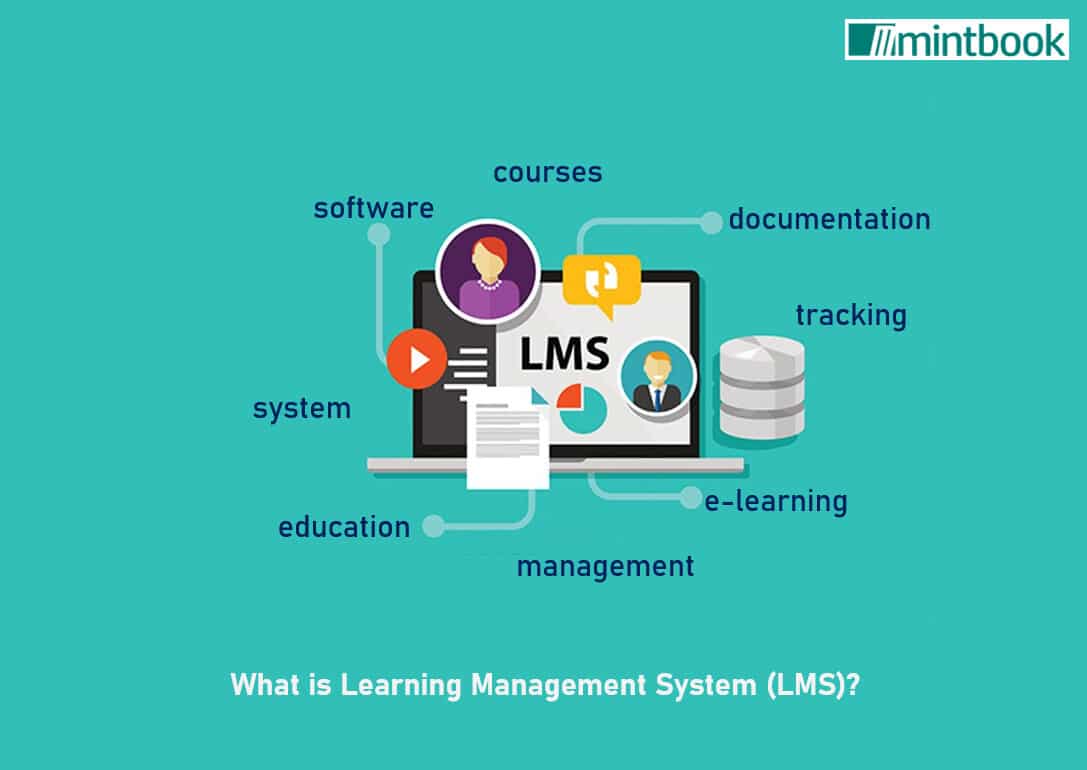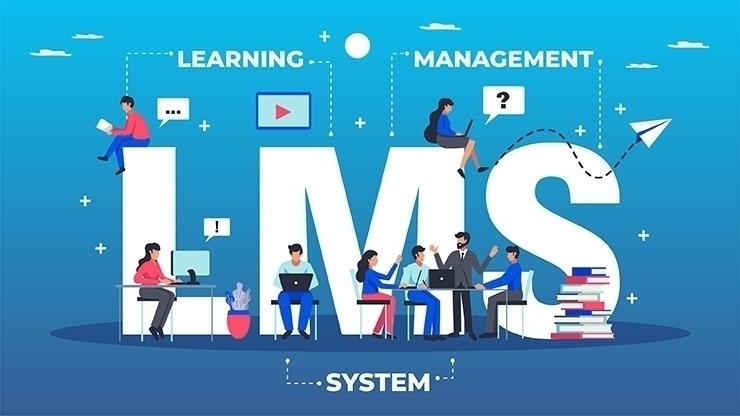LMS Singapore: A Step-by-Step Overview to Selecting the Perfect Learning Management System
LMS Singapore: A Step-by-Step Overview to Selecting the Perfect Learning Management System
Blog Article
Improve Education And Learning With a Leading Knowing Monitoring System
In the ever-evolving landscape of education, the adoption of a leading Discovering Administration System (LMS) presents a critical chance to improve processes and improve both training and learning experiences. By automating administrative jobs and supplying customized discovering courses, an efficient LMS not just promotes much better engagement yet also cultivates an atmosphere conducive to cooperation and inclusivity.
Benefits of an Understanding Monitoring System
An Understanding Monitoring System (LMS) provides various advantages that can dramatically improve the educational experience for both students and teachers. Mostly, an LMS facilitates structured training course administration, enabling instructors to take care of course products, track learner progression, and assess performance effectively. This automation decreases the administrative worry on educators, allowing them to concentrate a lot more on mentor and pupil engagement.
Additionally, LMS platforms sustain customized knowing paths, fitting diverse discovering styles and paces. This flexibility cultivates a more inclusive environment, making it possible for students to accessibility resources that best match their requirements. The ease of access of an LMS permits students to involve with course material anytime and anywhere, promoting self-directed learning and fitting numerous routines.
One more remarkable benefit is the boosted collaboration chances an LMS supplies. Conversation online forums, team projects, and peer analyses encourage interaction amongst students, boosting their understanding with shared viewpoints. Furthermore, the data analytics functions of an LMS enable educators to obtain understandings into learner involvement and performance, educating training strategies and interventions.
Secret Features to Try To Find

Next, durable reporting and analytics capacities provide useful understandings into student progression and engagement, enabling educators to make data-driven decisions. Assimilation with other devices, such as content writing software program and communication systems, is likewise vital for improving functionality and enhancing process.
Scalability is another vital function, ensuring that the LMS can grow along with the organization's requirements, accommodating an increasing variety of customers and web content. Furthermore, mobile compatibility is critical in today's digital landscape, enabling learners to access educational materials on various tools.
Last but not least, strong protection measures have to be in location to secure sensitive information and keep conformity with educational regulations. By prioritizing these key features, companies can select an LMS that sustains effective teaching and learning results, eventually improving the instructional experience for all stakeholders involved.

Enhancing Student Engagement
Student engagement is a vital aspect in the success of any type of educational program, as it directly influences finding out results and retention prices. A durable Understanding Administration System (LMS) can play an essential role in boosting student engagement with various ingenious features.

Moreover, individualized knowing courses permit trainees to progress at their own rate, accommodating individual learning designs and choices. This flexibility not only fosters a sense of ownership over their knowing trip yet additionally maintains pupils spent and encouraged.
Furthermore, real-time comments systems make it possible for educators to check student efficiency and provide prompt support, more improving the discovering experience.
Implementation Techniques for Institutions
Successful execution of a Learning Administration System (LMS) needs organizations to take on a calculated approach that straightens technology with academic objectives. To accomplish this, organizations should start by conducting a detailed requirements analysis to recognize details about his requirements, ensuring that the LMS will efficiently deal with obstacles faced in teaching and discovering.
Following, interesting stakeholders-- faculty, administrators, and trainees-- is vital for promoting a society of collaboration and support. Training sessions should be organized to gear up users with the necessary skills to take advantage of the LMS properly. In addition, establishments should designate enough resources, consisting of time and spending plan, to facilitate a smooth change and ongoing maintenance.
Furthermore, developing a phased rollout strategy can aid mitigate possible disruptions. Organizations can begin with pilot programs to test capability and gather comments before major execution. Constant analysis and adaptation of the LMS based upon user experience will even more enhance its performance.
Lastly, it is vital to communicate a clear vision of just how the LMS supports pedagogical practices, therefore encouraging buy-in from all parties included. By complying with these techniques, institutions can make sure an effective LMS application that inevitably enhances the academic experience.
Measuring Success and End Results
Measuring the success and end results of a Learning Management System (LMS) is necessary for determining its effect on training and understanding. This procedure includes the collection and analysis of quantitative and qualitative information to evaluate the effectiveness of the LMS in attaining instructional goals. Trick performance indications (KPIs) such as pupil interaction rates, program conclusion rates, and assessment ratings give vital insights right into user interaction and discovering results.
Additionally, studies and responses systems can record the experiences of both instructors and pupils, providing important perspectives on use, material significance, and general contentment. By triangulating these information resources, organizations can identify strengths and locations for renovation within the LMS structure.
Additionally, straightening LMS metrics with institutional objectives enhances responsibility and sustains tactical preparation. Eventually, a methodical strategy to measuring success and outcomes not only makes certain constant enhancement of the LMS yet additionally promotes a culture of data-driven decision-making.
Conclusion
The combination of a leading Learning Monitoring System (LMS) considerably boosts educational experiences by automating management jobs and offering individualized learning chances. By promoting cooperation and inclusivity, a reliable LMS not only enhances trainee engagement but likewise drives much better knowing results. Organizations have to prioritize the selection and execution of review an LMS that published here aligns with their objectives, ensuring durable analytics and interactive content are used to determine success and continually enhance the educational environment.
A Learning Management System (LMS) offers countless benefits that can significantly enhance the academic experience for both instructors and learners.Additionally, LMS platforms support individualized understanding courses, suiting diverse discovering designs and rates.Determining the success and outcomes of a Discovering Administration System (LMS) is important for identifying its impact on training and discovering.The combination of a leading Learning Administration System (LMS) considerably boosts academic experiences by automating management tasks and offering customized discovering possibilities. By cultivating cooperation and inclusivity, an efficient LMS not only improves student involvement but also drives much better understanding results.
Report this page